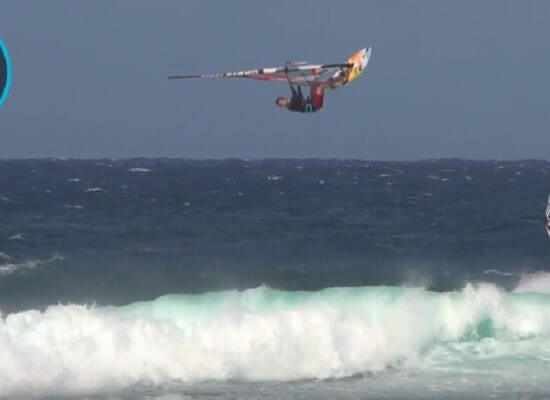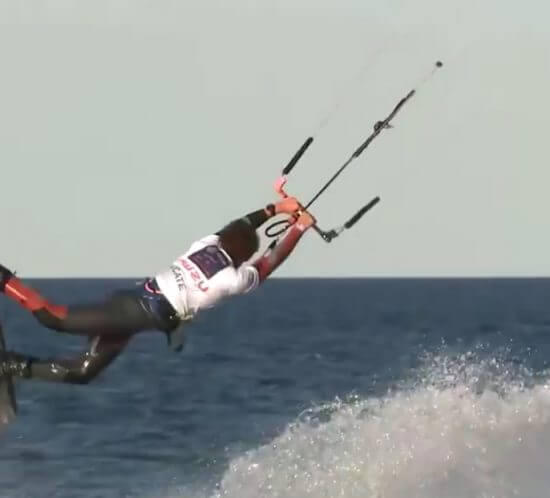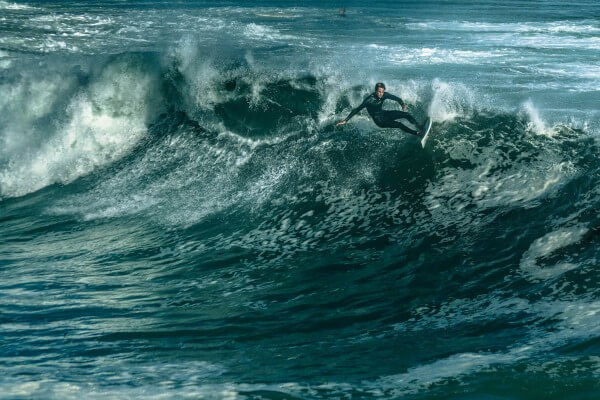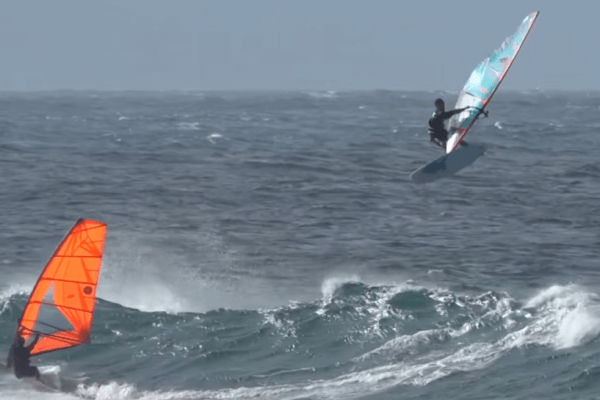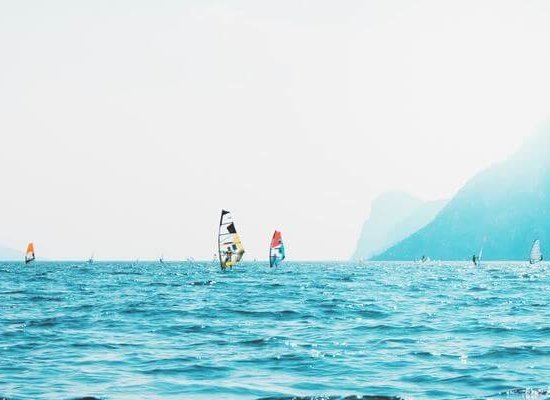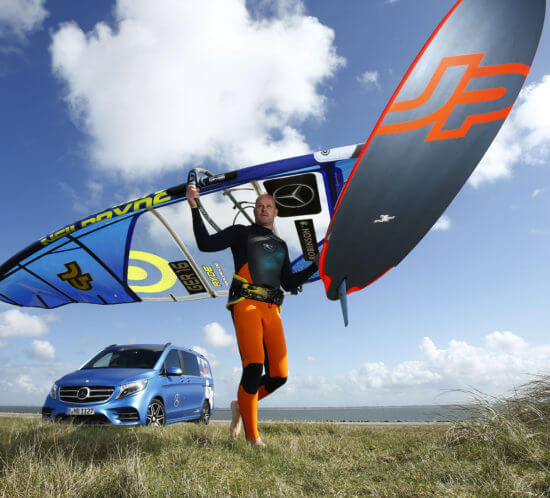One breath for 200 meters deep – apnoea diving


Calm, silence and an enormous pressure prevails on the apnoea divers. Those who dare to dive 200 meters into the depths of the sea without any aids are breaking boundaries. Because there are no medical explanations for it.
The word “apnea” means “stop breathing”. Apnea diving is therefore also one of the most dangerous sports in the world. During the descent, the lung volume decreases and the oxygen content in the blood becomes lower and lower. To endure the extreme pressure of the deep sea without oxygen assistance seems impossible for many medical professionals. Herbert Nitsch and many other apnoea divers, however, do not shy away from the deep seas and dive down again and again.
Take a deep breath and dive in
With one breath Herbert Nitsch managed the world record of 214 meters deep in 2007. The Austrian is one of the most successful freedivers in the world. During his career he set 32 world records in all eight internationally recognized apnea disciplines.
For comparison; 40 meters is the limit for recreational divers. Only up to this limit is diving with normal compressed air considered safe without further safety precautions.
But Nitsch has to be careful not only when descending. The gases that the body absorbs during the descent must be released again during the ascent. If the ascent is too fast, gas bubbles (from dissolved nitrogen) can form in the vessels, leading to gas embolisms and deficient blood circulation. In addition, lung overdistension can occur when surfacing too quickly. Here, air is forced into the bloodstream, which can lead to paralysis and even death.
In 2012, the Austrian world record holder suffered several strokes while attempting to dive 249.5 meters into the deep due to a lack of oxygen during ascent. Nitsch fainted while surfacing at 100 meters and had to be pulled back to the surface after a good four and a half minutes without pressure compensation and much too quickly.
Ready for “Take-Off”? – The jump into the water
In order to dive 200 meters into the deep, apnoea divers have to train a lot in the dry.
The biggest problem when descending is equalizing pressure, because already at a depth of 30 meters, the lung volume is only a quarter of its normal size. To increase the capacity of their lungs, top divers practice special breathing and yoga exercises.
However, the training not only exercises the lungs, but also the diaphragm. This is because an elastic diaphragm facilitates pressure equalization at great depths.
In addition, the highly trained exceptional athletes have a very low resting pulse of about six to seven beats per minute and only get into the water when they are completely relaxed. Due to the training, the heart and lungs of apnea divers are larger than normal and the so-called “breath-hold-breaking-point” can be delayed. So that the organs and the brain are supplied even with minimal oxygen.
Statement
Herbert Nitsch says that the most important thing in apnoea diving is the mind, as soon as you are not relaxed you should not go deep.
Source coverimage: iStock/ MaFelipe





